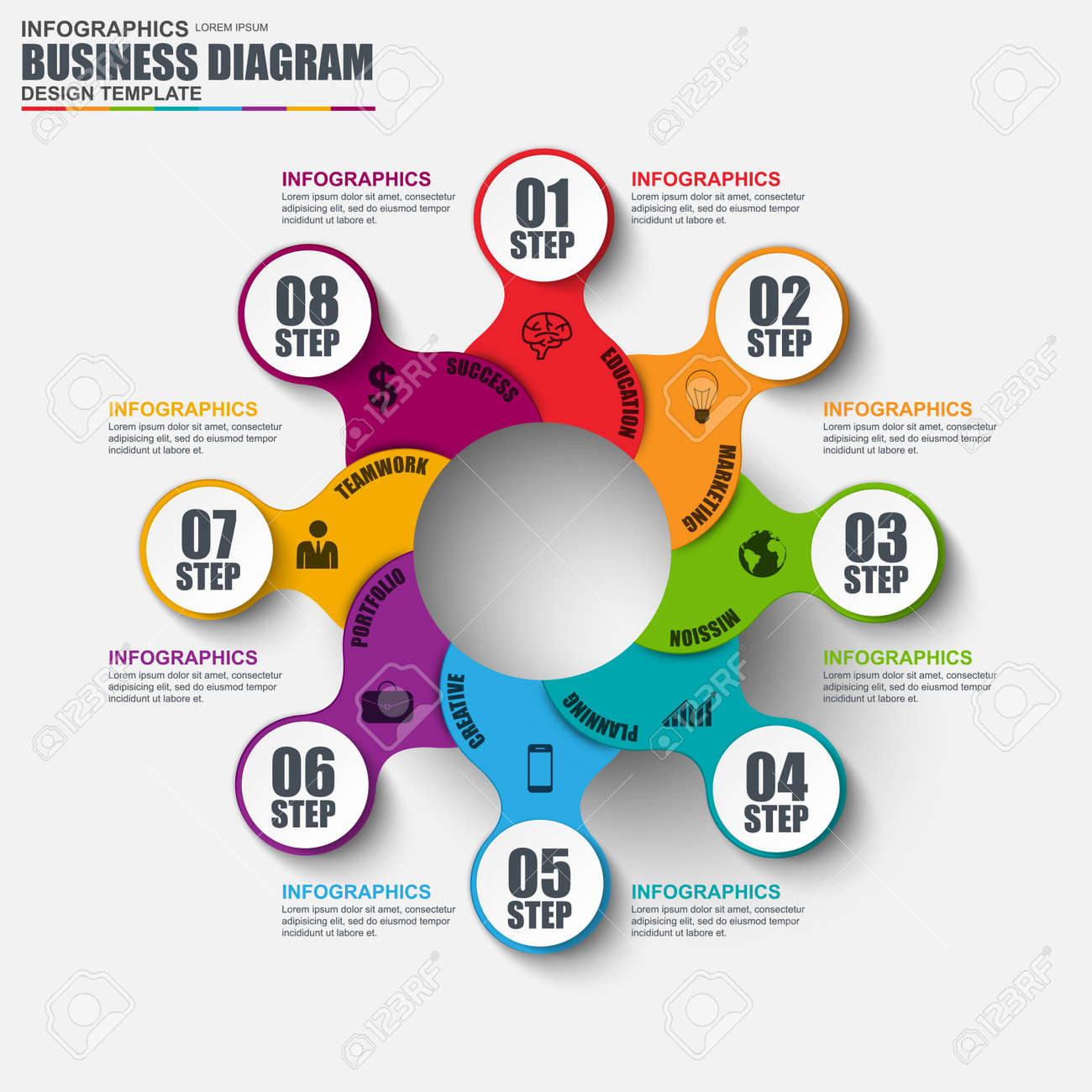The Growth Of Website Layout: From Earlier Times To Currently
The Growth Of Website Layout: From Earlier Times To Currently
Blog Article
Post Writer-Johnsen Peters
In the past, websites were basic and concentrated on information. Navigation was straight, and layout was for desktop computers. Currently, individual experience is vital. Data overviews layouts for very easy navigation. Responsive designs fit various tools. Today, dark mode reduces stress, and minimalist menus enhance navigation. Interactive functions involve customers, and strong visuals stand apart. AI integration improves engagement. See just how style has actually developed to improve your on-line journey.
Very Early Days of Website Design
In the early days of website design, simpleness reigned supreme. Web sites were basic, with limited shades, fonts, and designs. The focus got on giving information instead of showy visuals. Customers accessed the internet via sluggish dial-up links, so rate and functionality were vital.
Navigating food selections were straightforward, normally located on top or side of the web page. Sites were created for desktop computers, as mobile browsing had not been yet common. Material was king, and designers prioritized very easy readability over complex layout components.
HTML was the main coding language utilized, and developers had to work within its restraints. Animations and interactive functions were very little compared to today's requirements. Internet sites were fixed, with little dynamic material or personalized individual experiences.
Rise of User-Focused Design
With the advancement of website layout, a change towards user-focused style concepts has actually become progressively noticeable. click here to read , developing sites that focus on user experience is important for involving visitors and accomplishing organization objectives. User-focused design includes understanding the needs, preferences, and actions of your target market to customize the site's format, web content, and includes accordingly.
Designers currently perform extensive research study, such as individual surveys and use screening, to collect understandings and feedback directly from individuals. This data-driven technique helps in creating user-friendly navigating, clear calls-to-action, and visually enticing user interfaces that resonate with site visitors. By putting the individual at the facility of the design process, sites can provide a more personalized and pleasurable experience.
Receptive layout has likewise emerged as a crucial facet of user-focused style, ensuring that web sites are optimized for different devices and display dimensions. This versatility improves availability and functionality, dealing with the varied ways users interact with web sites today. Essentially, the increase of user-focused style indicates a change in the direction of creating electronic experiences that prioritize the requirements and expectations of completion user.
Modern Trends in Web Design
Explore the most up to date fads shaping web design today. One noticeable fad is dark setting style, using a smooth and modern appearance while decreasing eye strain in low-light settings. One more key trend is minimal navigating, simplifying menus and boosting individual experience by concentrating on essential elements. Integrating micro-interactions, such as animated buttons or scrolling effects, can develop a much more interesting and interactive site. Responsive design continues to be important, guaranteeing seamless customer experiences throughout numerous tools. Additionally, using vibrant typography and unbalanced designs can include aesthetic rate of interest and accentuate specific content.
Incorporating AI modern technology, like chatbots for client assistance or customized referrals, enhances customer involvement and enhances processes. Availability has likewise become a considerable trend, with designers focusing on inclusive style methods to accommodate varied customer demands. Welcoming sustainability by maximizing internet site performance for speed and efficiency is an additional emerging trend in website design. Working together with customer feedback and information analytics to repeat and improve style constantly is vital for staying appropriate in the ever-evolving electronic landscape. By accepting these contemporary trends, you can develop a visually enticing, easy to use web site that reverberates with your target market.
Final thought
As you reflect on the evolution of internet site style from the early days to now, you can see how user-focused style has come to be the driving pressure behind modern-day trends.
Accept the trip of change and adjustment in website design, constantly keeping the user experience at the forefront.
Stay present with the most recent patterns and technologies, and never stop advancing your method to create visually spectacular and easy to use sites.
Develop, adapt, and create - the future of web design is in your hands.
